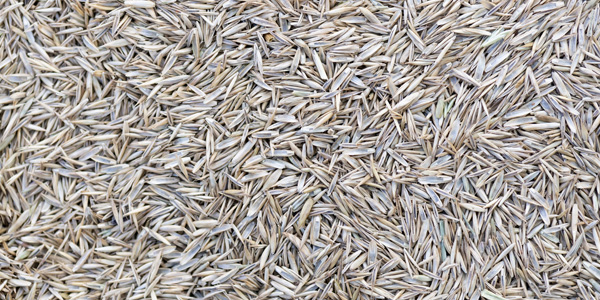
Forage Cereal Types
Forage Cereal Types
Types of Cereal and Best Fit
Green Chop Cereal Silage (GCCS)
GCCS produces a feed that has a good balance of protein and energy, similar to high quality asture silage. GCCS is used as a pasture replacement supplement when pasture levels are low. GCCS is harvested late spring/early summer before seedheads are present to get maximum quality and yield.
Coronet and Milton
Oats are used for quick production of GCCS, usually after a winter crop. Both Coronet and Milton oats can be planted from late winter onwards for high quality GCCS before planting another crop or pasture in early summer. Coronet is leafier and has the ability to provide very high quality feed later in the season due to a later maturity date. Milton oats is faster to mature, providing higher levels of feed earlier.
Management of GCCS is simple with a nitrogen based fertiliser (150-250 kg/ha DAP) being used at sowing, with the potential of another application of nitrogen (40-50 kg N/ha) being applied six weeks after sowing depending on background soil nitrogen.
Whole Crop Cereal Silage (WCCS)
WCCS produces a feed that has high carbohydrate and starch levels, with adequate fibre for a balanced feed. WCCS can be used as a feed supplement to balance animal intake when feeding brassicas or high quality pasture.
Basic Management Recipe for Kudos Triticale Planted in Spring for Silage
Kudos is the latest release triticale from Plant & Food Research and Agricom. Kudos is the preferred triticale cultivar to be grown for spring WCCS due to its high yield potential. Kudos can be planted from mid autumn to early spring.
Basic Management for Monty Barley Planted for WCCS
Monty barley can be sown later in the spring (Sept-Oct) and harvested earlier in the summer than triticale. Monty barley will produce very high quality WCCS. Monty is a silage barley with high yield and quality that will perform in a wide range of environments. Trials show yields are equal to or better than other cultivars in the Manawatu, Southland and Canterbury.

Our Forage Cereals range
VIEW PRODUCTS



